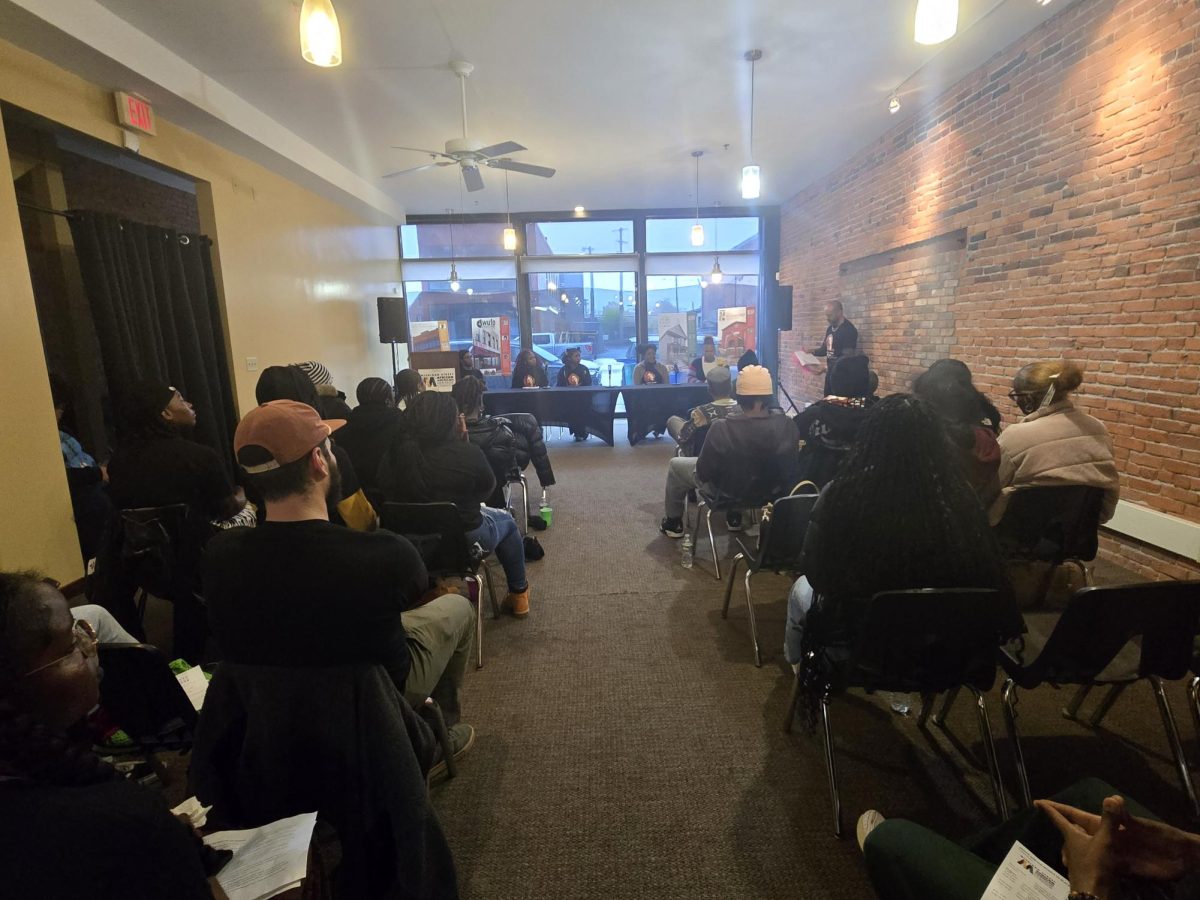Kuczkowski: Sabres in rebuilding mode
October 15, 2014
After the 2013-2014 season, the Buffalo Sabres (21-51-10) had the worst record in the shootout era with only 52 points, which is four points less than the 2006-07 Flyers.
The shootout era began in the 2005 season, when the league changed its rules. Before the change, if neither team scored in overtime, the game would result in a tie. Now, if the game is still undecided after overtime, a shootout occurs.
However, the league still continued the three-stat record of win-loss-tie and changed it to win-loss-overtime losses. The point values are two for wins, one for overtime losses and none for a regulation loss.
Many excuses can be used for the Sabres’ terrible 2013-14 season. One such excuse is the rebuilding efforts from management and the consistent changing of personnel. The Sabres traded two marquee players, Thomas Vanek and Ryan Miller, to the New York Islanders and the St. Louis Blues, respectively. These trades sent a message to the league that the Sabres were looking to compete down the road as opposed to being immediate contenders.
Two seasons ago, the Sabres relieved Lindy Ruff from his coaching duties. Lindy was the longest tenured coach for one team in the NHL after serving 16 years as the head coach of the Sabres.
Ron Rolston replaced Ruff as an interim, but midway through last season they found a more permanent option in Ted Nolan. Nolan has yet to prove himself.
So, what should we expect this season?
The Sabres started the season 0-3 and scored only three goals in the first three contests, forcing the defense to shoulder the load, which has not been happening. The positive side, so far, is the improvements by second-year center Zemgus Girgensons, who scored two goals early in the season. He scored just eight goals in the 70 games he played in last season.
The Sabres are a very young team with the average age of all active players on the roster being 25.5, including the outlier of Brian Gionta, who is 35. As a young team, the Sabres must develop an identity before they will see success.
The Sabres recognized the need for veteran leadership and made an effort to find it by signing Gionta to a four-year deal and trading for defenseman Josh Gorges. Gionta later earned the captain role while Gorges and LW Matt Moulson, who the Sabres received in the Thomas Vanek trade, were named alternates.
Can the fan base of Buffalo survive the rebuilding phase?
Buffalo is infatuated with hockey. Even after a historically bad season, the Buffalo area was a top-three city in ratings for the Stanley Cup Finals.
According to the New York Times, “For Game One of the [2013] finals, Buffalo’s 8.5 rating ranked second; for Game 2, Buffalo ranked third, with an 8.1 rating. And for Game 7 of the Western Conference finals, between the Kings and the Blackhawks, Buffalo had a 7.3 rating, second to Chicago’s.”
Buffalo will not give up on hockey, but can the Sabres put together a team worthy of the fans’ loyalty and love of the game?
The Sabres are not done rebuilding just yet. The pieces are there, but there is much more to it than just having the pieces, you have to fit them together in just the right way. The Sabres hope to find the missing pieces in upcoming drafts as they have the Islanders’ first and second round picks and the Blues’ first round pick in the 2015 draft.
The Sabres may decide to keep these picks or trade for a star player. Either way, finishing as the worst team has its upside: you can only get better.




